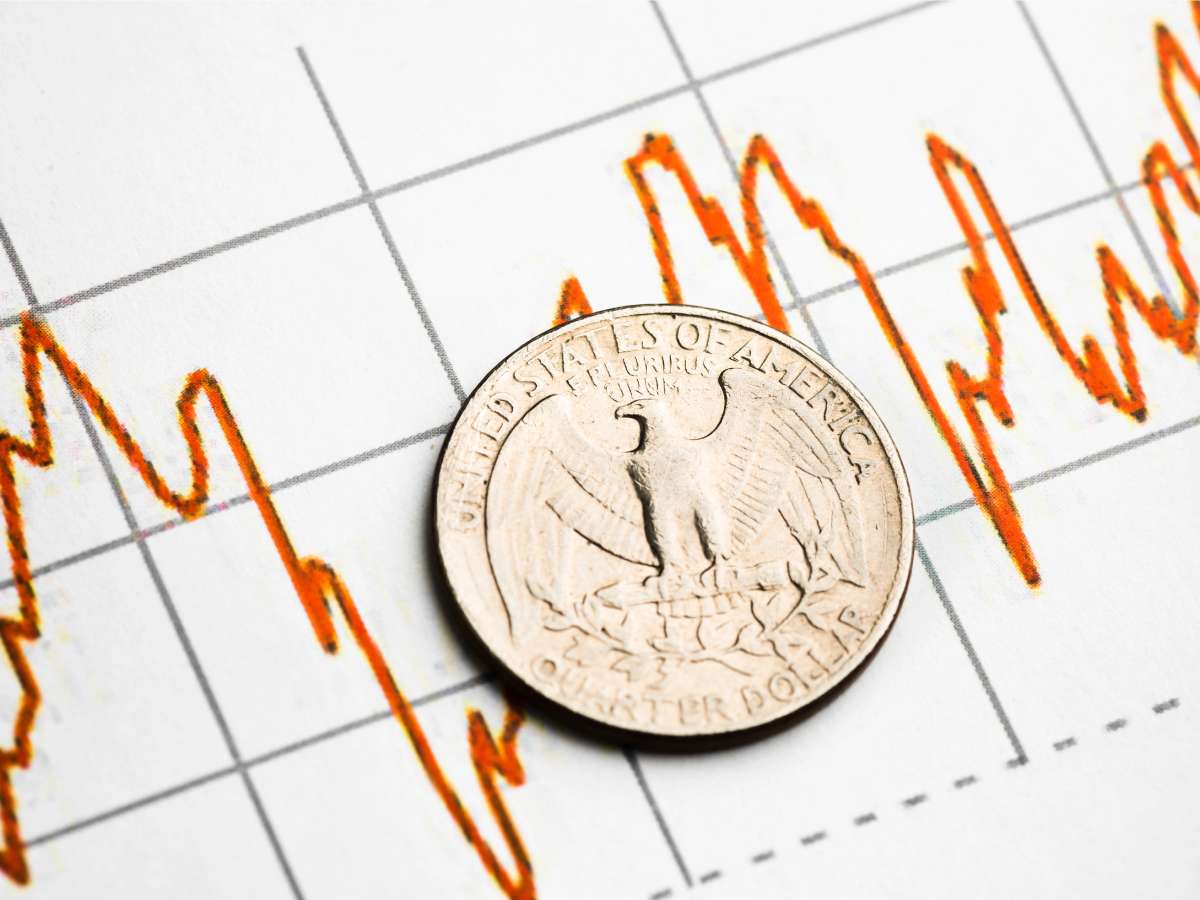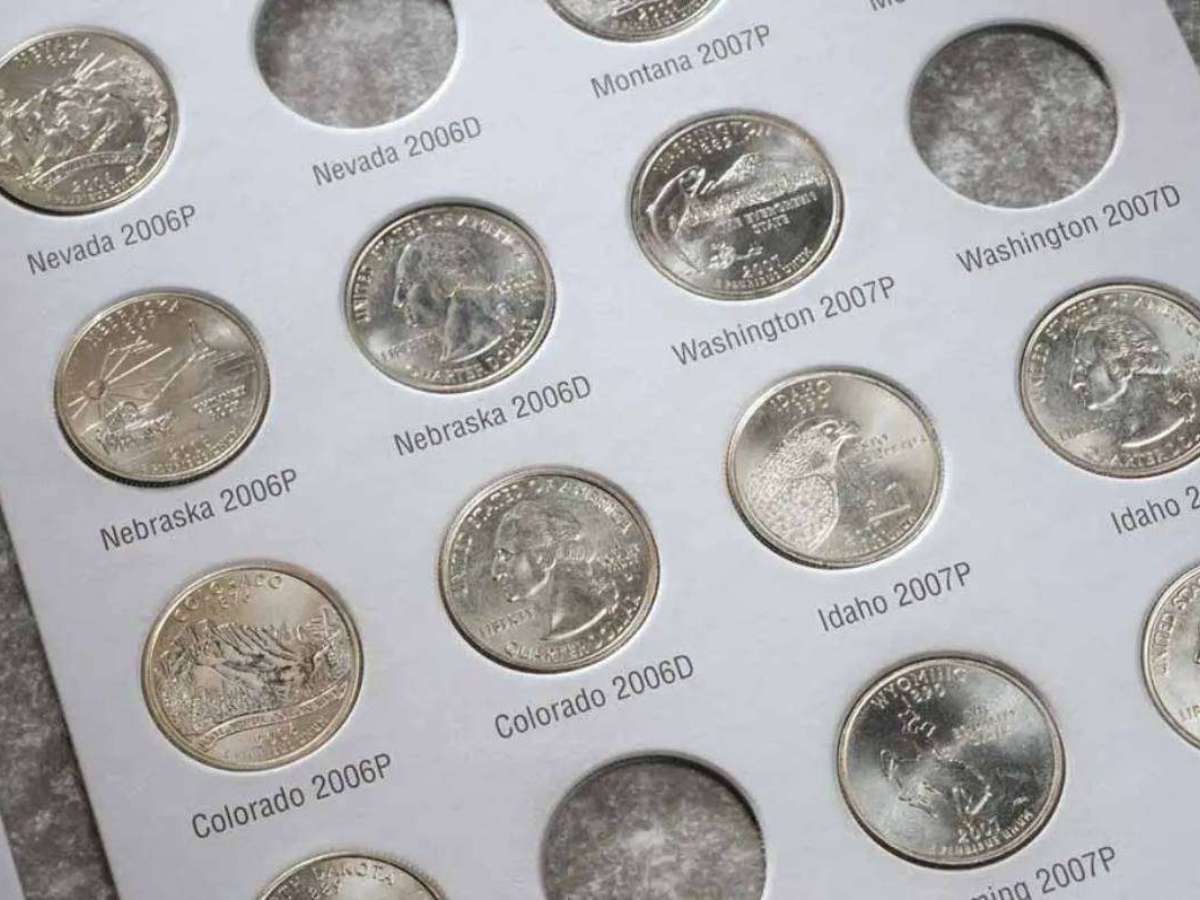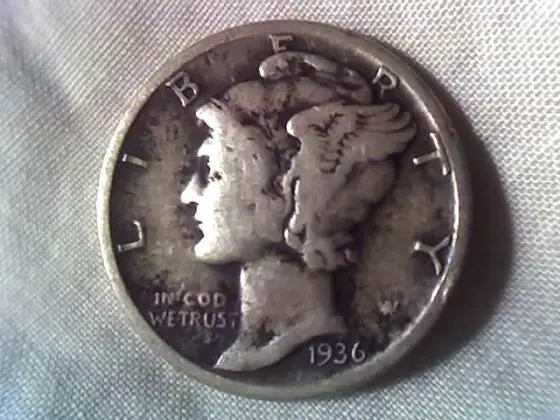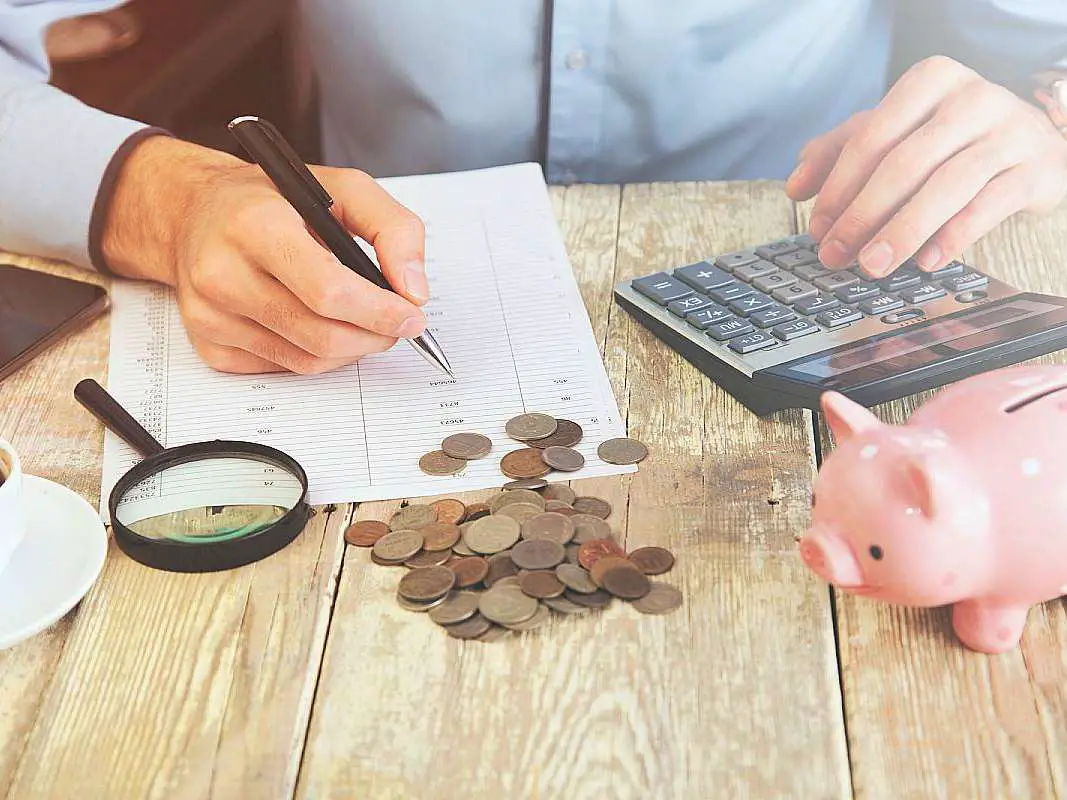Washington quarters seem to be the workhorse of today’s coinage.
We use quarters for everything from buying drinks and snacks from vending machines to paying the toll while driving on the highway. And quarters are the favorite snack food of parking meters from sea to shining sea!

As a collectible, Washington quarters have seen increasing popularity since the beginning of the ambitious, 10-year-long 50 State Quarters program.
Washington quarters have performed well in the market.
Collecting Washington Quarters
Washington quarters are a fairly easy series of coins to collect, especially in the lower grades (for the older dates).
Yet, there are several scarce dates in the Washington quarters series that have posed challenges for coin collectors.
Washington quarters have seen some significant price increases over the last 15 years.
Washington Quarter Values In 1994 vs. In 2009
Comparing the prices quoted in the 1994 edition of A Guide Book of United States Coins to those of the 2009 edition shows that many Washington quarters have seen upward movement since the mid-1990s.
- 1932-D: $38-4,500 in Very Good to Mint-State 65 (1994)
- 1932-D: $175-22,000 in Very Good to Mint-State 65 (2009)
- 1932-S: $32-3,500 in Very Good to Mint-State 65 (1994)
- 1932-S: $185-6,000 in Very Good to Mint-State 65 (2009)
- 1934 Doubled-Die: $75-1,500 in Very Fine to Mint-State 65 (1994)
- 1934 Doubled-Die: $135-4,500 in Very Fine to Mint-State 65 (2009)
- 1937 Doubled-Die: $200 in Extremely Fine (1994)
- 1937 Doubled-Die: $100 in Extremely Fine (2009)
- 1937-S: $16-165 in Extremely Fine to Mint-State 65 (1994)
- 1937-S: $35-400 in Extremely Fine to Mint-State 65 (2009)
- 1940-D: $11-85 in Extremely Fine to Mint-State 65 (1994)
- 1940-D: $24-300 in Extremely Fine to Mint-State 65 (2009)
- 1940-S: $4-45 in Extremely Fine to Mint-State 65 (1994)
- 1940-S: $9-65 in Extremely Fine to Mint-State 65 (2009)
- 1949: $1.75-30 in Extremely Fine to Mint-State 65 (1994)
- 1949: $10-60 in Extremely Fine to Mint-State 65 (2009)
- 1955-D: $1.75-6 in Extremely Fine to Mint-State 65 (1994)
- 1955-D: $4-60 in Extremely Fine to Mint-State 65 (2009)
- 1982-P: $4.25 in Mint-State 65 (1994)
- 1982-P: $20 in Mint-State 65 (2009)
- 1983-P: $5 in Mint-State 65 (1994)
- 1983-P: $55 in Mint-State 65 (2009)
Why Washington Quarters Increase In Value
Note the steep increases in price for most of these Washington quarters.
Of particular interest, look at the 1982-P and 1983-P coins. Those have seen tremendous value increases over the past 15 years. Ultra-modern coins like those do not typically escalate in value like that.
Most 1982- and 1983-dated U.S. Washington quarters in mint-state value have increased in value. Why? Because there were no official mint sets produced during those years. Also, relatively few of those coins were saved in mint state by the roll.
Demand for those Washington quarters in uncirculated grades far exceeds supply. In fact, there have been incidences in recent years of some better-grade circulated 1982 and 1983 Washington quarters commanding a nice premium over face value when sold.
All in all, most Washington quarters (especially the scarce ones) have performed very well over the last several years. If these prices remain high or go higher after the 50 States Quarters program fades into history remains to be seen, though.
That is one reason why investing in Washington quarters can be risky. It’s a volatile market that has seen its fair share of price increases and price decreases. Therefore, do not use this as a guide as to which Washington quarters you should invest in. This article serves only to illustrate trends that have already been witnessed.




